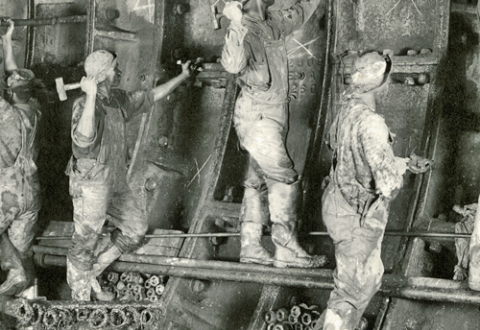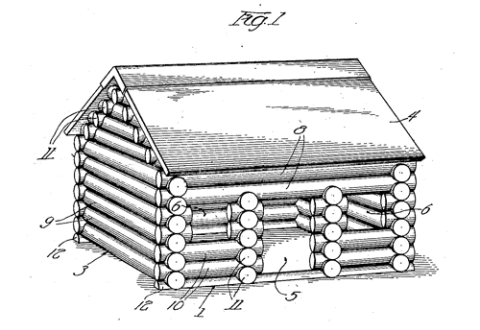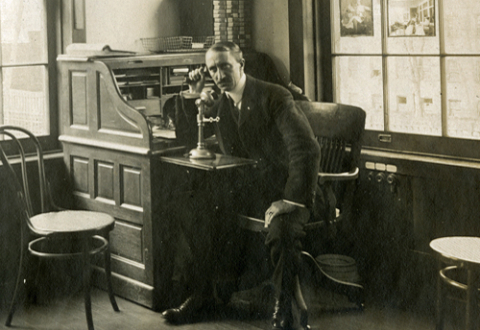Asian people have been inventors and innovators for many centuries. The Chinese, for example, developed gunpowder, the compass, and spaghetti. We believe Koreans invented the printing press, well before the Chinese, who developed their version well before Gutenberg. But what’s up with "race" and invention or innovation? And what can Asian Pacific Americans (APAs) tell us about this issue?
APAs are a growing and vital "racial" group. Americans of Asian descent and those who trace their ancestry to the indigenous populations of Pacific islands like Hawaii, Guam, or Samoa now number more than 15 million and make up about 5 percent of the total population. Some have become prominent entrepreneurs like Jerry Yang of Yahoo, chefs like Ming Tsai, U.S. senators like Daniel Akaka, business leaders like Indra Nooyi of Pepsi, and inventors like Amar Bose. And the numbers of spelling bee winners or Westinghouse science awardees or students at MIT (sometimes said to stand for "Made In Taiwan") have raised questions about the disproportionate impact APAs may be having on science and innovation in our country.
So, is it reasonable to wonder just what correlation exists between "race" and invention or innovation? How did this work in the past? What is going on now? What will happen in the future? How much is due to nature; how much to nurture? My own guess is that, within ethnic groups, there are significant degrees of variance that depend on nature--my own aptitude for math and science, for example, was demonstrably dismal from a very early age. But my guess is that among various ethnic groups or "racial" groupings, the differences are minimal and largely due to nurture. Which is why the Lemelson Center, an institution that may be assumed to be indifferent to race--which is, after all, a social construct, an idea created by human beings that has only existed for a few centuries--is willing to consider the question at all. What does race have to do with invention and innovation?
There are now entire libraries detailing the scientific discoveries made by America’s minority groups, but here is a story of a different sort: the tale of Japanese American scientists and agriculturists who developed a high-quality rubber substitute--while imprisoned by their own government during World War II.
When the Japanese military invaded Southeast Asia after attacking Pearl Harbor, the United States lost its principal source of rubber. Critical to the war effort, rubber was needed for tires, gas masks, conveyor belts, gaskets, and linings for airplane gas tanks (the linings quickly closed punctures made by bullets, preventing explosions). So the country went into emergency mode to find an alternative source of rubber.
One resource, in an unlikely place, was the pool of scientific talent imprisoned by the United States solely on the basis of a Japanese background. About 120,000 Americans of Japanese descent were forcibly removed from their homes in 1942 and sent to prison camps, often for the duration of the war, without charges, hearings, trials, or convictions. Among them were scientists, led by nuclear physicist Morganlander Shimpe Nishimura, who discovered a way to create high-quality rubber from the humble guayule shrub.
When Robert Millikan, head of the California Institute of Technology, learned that his gifted Japanese American colleagues had been uprooted and imprisoned, he sent Professor Robert Emerson to the camps to tap this scientific talent. Emerson met Hugh Anderson, a Californian working for the rights of relocated Japanese Americans. Anderson mentioned Nishimura and his fellow scientists incarcerated at the Manzanar concentration camp in California’s high desert on the eastern slopes of the Sierra mountain range.
Nishimura and his colleagues were not the first to make rubber from guayule. The ancient Aztecs, according to Hernando Cortés, played a court game with a ball made from the roots and branches of this desert plant. A few centuries later, Bernard Baruch and John D. Rockefeller tried to turn guayule into a commercial enterprise but failed; their product was loaded with resins and other impurities. The rubber developed by Nishimura and his colleagues, however, overcame former obstacles and was superior to the version being imported from India and Malaysia--and far better than the product from Salinas, California, where the Department of Agriculture had established the Emergency Rubber Project.
Unfortunately, oil companies were developing their own synthetic products and froze the guayule project both in the United States and in several other nations, including Australia and Spain. Nonetheless, the story of the Japanese American scientists who developed a strategic war material--while imprisoned by their own government for looking like the Japanese enemy--is an intriguing morality tale about the cost of discrimination and racism.
Franklin Odo is Former Director of the Smithsonian’s Asian Pacific American Center.
From Prototype, May 2009






